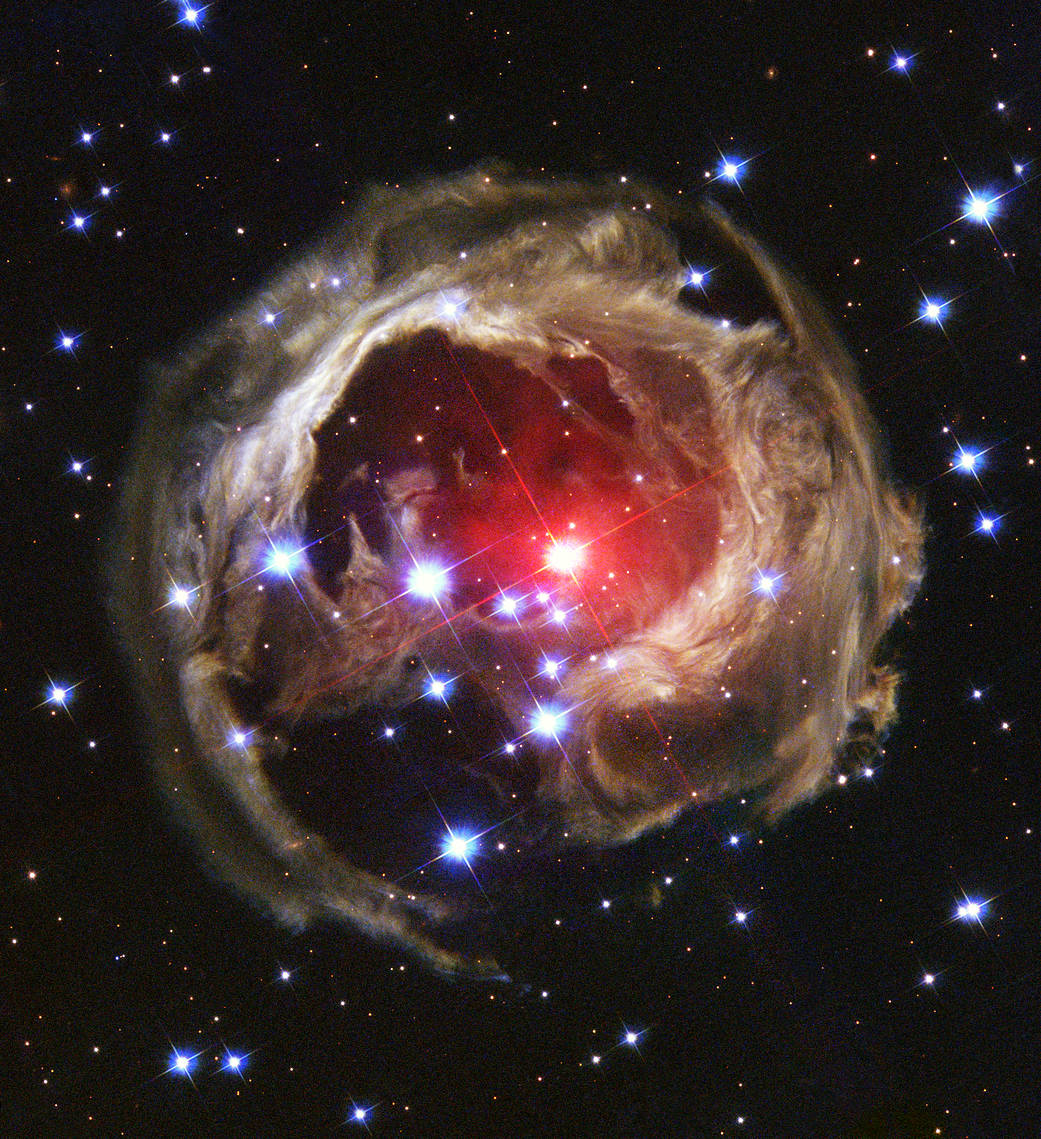Eyes in the Back of Your Head
I will point to what is being distinguished and it will be up to you to discover it for yourself, then you will have the opportunity to own it which will result in it becoming part of you. Part of your natural self-expression.
Here it is in video format:
Most of us, most of the time, spend our time thinking, musing, reflecting, internally processing, theorizing, strategizing, judging and evaluating, making decisions that are based on weighing the facts, coming up with conclusions, assessing the situation, being upset or enthralled. We are masters of mental processing and machinations.
Being out-here, is not that. It could be in a certain circumstance since nothing is excluded from being out-here. It is not the most conducive starting place for us.
Have you ever heard this expression frequently used with teachers and parents? “They have eyes in the back of their heads.” This is an attempt to explain how amazing teachers and well-aware parents have an uncanny awareness of what is going on around them. An unusual sensitivity to what is happening in the space around them. This is what we mean by being OUT-HERE. Out-here where life and living and the world where things are happening. I can tell you that when I am teaching, there is not any self-talk or even mental assessments as in thinking-about. There is just being out-here. Being present to the circumstances and situations. We are in a dance with that ‘occurring’ world but it does not happen in such a way that one would say you made a ‘decision’ about something. There is a student with their hand up and you call on them. When an infant heads toward the street, you corral them back to safety. Later on you might say, “I decided to call on Johnny.” Yet that is an explanation we fabricate after the action has been taken to explain and justify the action. There is no deciding to hit a 90 mph fastball, or 150 mph tennis ball. That mental process of decision takes way too long to be useful.
It is possible to be out-here at any time. The benefit would be an awareness of what is going on in the world. There is a world out there and there are things and people in it. People and objects are out-here in the world. Experiment with simply being with those people and things. Be in the presence of them. Stand in front of them and simply see what is there. Like we have never seen that thing or person before and we are left to marvel and wonder what it is that is out-here. This takes practice. After some time you will find yourself out in the world most of the time and you will find how much more effective you are just like the parent, teacher and tennis player in the midst of their games.
Our judgments and evaluations are based on some comparison with some past. Some other thing or person we compare the object or person to. So the object or person could not possibly be the thing unto itself. Once we set aside all of that and bring wonder to everything we will be in the presence of the things and people as they are and not through our filters.
Complacency & Tranquilized Obviousness
Martin Heidegger (1962 p. 409 ) points to what we are distinguishing above, saying: “…whether to the claims of the everyday interpretation, or to its complacency and its tranquilized obviousness”
While we are here, the entire quote from Heidegger is: “People’s kind of being thus demands that any attempt to get at that being constantly has the character of doing violence. Whether to the claims of the everyday interpretation or to its complacency and its tranquilized obviousness.”
I expect the topic of this page and almost all other topics we cover will likely have the “character of doing violence. ” Not that I want to violate anyone but I assert what Heidegger means is to disrupt and disturb. We have our beliefs, judgment about how life is or should be and our habits we use in our living life. Very few of us look forward to them being challenged and disrupted. And that is exactly what I am intending. I’m committed to leaving you in a new world.
The way human beings are wired does not wholeheartedly embrace this idea, even if we are left unfulfilled and satisfied. We don’t want to be dislodged from our “complacency and tranquilized obviousness.”
Heraclitus, a Greek philosopher, said, “No man ever steps in the same river twice, for it’s not the same river and he’s not the same man”. Our brain does not accommodate this obvious fact.
Our Physiological Constraint
It is simple how we get to be this way. We only have a limited number of brain cells to store life-data. Although our brain is massive, it is not enough to store everything that can be recorded as we go through the world. So we have to compact the data and still have it be useful enough to survive with. We do this by forming concepts which tend to be coherent. Discordant data takes up too much space. We come preprogrammed by the discourses available in our culture and the social circles we travel in.
Just being-there is somewhat of a threat as we may find out things that don’t jive with the world as our brains’ have constructed and there is so very much stuff out-here.
Can you imagine the power accrues to us just being present to the what-is-so about the situation(s) you are dealing with? Where there is nothing bad or wrong, it is just what-is-so. There is freedom to be, to move, and act. A freedom to play. There is nothing we are stuck with. Anything is possible and everything is available. Others are not stuck by our prejudices towards their way-of-being. They are free to express themselves.
Being out-here where life is happing, things and people are existing, is not a way we are very often, if at all. Being out-here is immensely powerful. Try it and let me know what you are discovering for yourself.
I am using the expression out-here as we have a follow up conversation and experiment that illustrates that we are one of the things that is out-here. Also, where we experience life, is out-here not in-here. Yet another ‘violation’ to our common sensical complacency and its tranquilized obviousness.
What does this have to do with being a leader and the effective exercise of leadership? To be able to be present to the circumstances and situations as they are. Just the facts. We all distort the world around us, so we critically need the perspectives of others. One can’t move anything without a powerful relationship to the world around them. (See Constraints).
Practice, Research, and Results.
The authors of the ‘Being a Leader and the Effective Exercise of Leadership: An Ontological/Phenomenological Model Erhard et al (2022) assert that after practicing this for a few months, it will become part of you, i. e. part of your natural self expression. I heard the author put a post-it on his computer screen that says “BE OUT-HERE”, so I did the same as well as my car. Along with a note to “enjoy the ride”. Please, let me and the community know what you find out. It’s research.
Reference
Erhard, Werner and Jensen, Michael C. and Zaffron, Steve and Echeverria, Jeronima, Course Materials for: ‘Being a Leader and the Effective Exercise of Leadership: An Ontological/Phenomenological Model’ (October 4, 2022). Harvard Business School NOM Working Paper No. 09-038, Simon School Working Paper No. 08-03, Barbados Group Working Paper No. 08-02, Available at SSRN: https://ssrn.com/abstract=1263835 or http://dx.doi.org/10.2139/ssrn.1263835
Heidegger, M. (1962). Being and time … Translated by John Macquarrie & Edward Robinson. (First English edition.).

